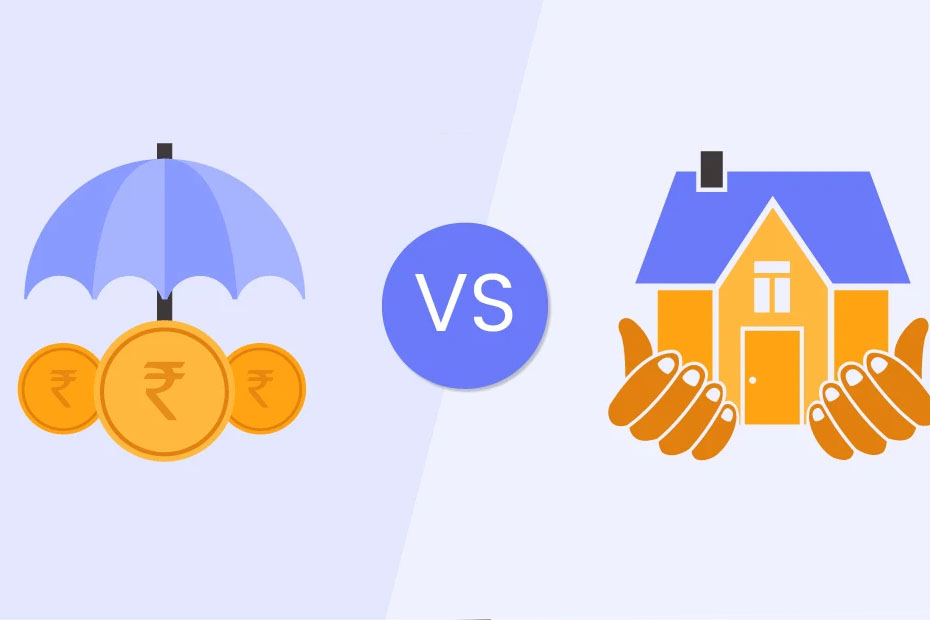When exploring insurance and investment options, choosing between unit linked insurance plans (ULIPs) and traditional insurance plans can be a pivotal decision for investors. Each comes with its unique features, serving distinct financial objectives.
Let’s delve into the differences between ULIPs and traditional insurance plans to help you make an informed decision.
What is a ULIP?
A unit linked insurance plan is a unique product that combines insurance and investment components. Under this plan, a portion of the premium paid by the policyholder is allocated to various funds such as equity, debt, hybrid, or money market funds. This allows investors to enjoy the dual benefits of life coverage and the potential for wealth creation through market-linked returns.
What is a Traditional Insurance Plan?
On the other hand, traditional insurance plans are designed primarily for risk-averse investors seeking stability and predictability. These plans offer fixed-income returns and life cover, investing funds in low-risk instruments. Traditional plans assure policyholders of a lump sum amount and specific bonuses upon completion of the policy term.
What are the Differences Between ULIP and Traditional Insurance Plans?
| Parameter | Unit Linked Insurance Plans | Traditional Insurance Plan |
| Type | Insurance cover along with investment benefits | Pure insurance cover |
| Investment Objective | Long-term investment for market profits and coverage | Fixed returns in the long term |
| Return Nature | Fixed returns in the long term | Guaranteed returns with low to negligible risk |
| Investment Control | Investor has control over investment choices and risk | Limited control, cannot switch funds or alter risk |
| Utilization of Investor’s funds | Premium used for expenses, coverage, and market-linked instruments | Premium used for expenses, coverage, and low-risk instruments |
| Investment flexibility | Flexibility to allocate premiums for coverage and investment | No flexibility, fixed allocation |
| Tax Benefit | Available under the Income Tax Act’s Section 80C | Available under the Income Tax Act’s Section 80C |
| Lock-in Period | Minimum of 3 to 5 years | Until the maturity of the policy |
| Investment Security | Not secure | Highly secure |
| SIP Investment Mode | Available | Not available |
| Transparency | Portfolio tracking and fund value visibility | Portfolio tracking is not available |
| Partial Withdrawals | Possible with minimum fund value and conditions | Generally not possible, but loans against policy are allowed. |
| Charges | Specific charges specified under different heads | Charges not specified |
| Single Premium Top-Up Facility | Available | Not available |
Choosing Between ULIPs and Traditional Insurance
The decision between ULIPs and traditional insurance plans depends on individual financial goals, risk tolerance, and preferences.
Investing in ULIPs:
- ULIPs are ideal for those who want to generate wealth while securing life coverage.
- Investors seeking liquidity can benefit from the option of partial fund withdrawals after the lock-in period.
- New-generation ULIPs are designed to be cost-effective, offering the potential for higher returns.
- The flexibility to switch between funds based on performance appeals to those who want greater control over their investments.
Investing in a traditional life insurance plan:
- Traditional insurance is suitable for risk-averse investors looking to protect their investments from market volatility.
- Those desiring a regular income stream can opt for money-back or cashback endowment plans.
- Bonuses and guaranteed additions are attractive features for investors seeking stable returns, although these may vary among insurers.
Take Away
The choice between ULIPs and traditional insurance plans depends on your financial objectives and risk appetites. Investors seeking a balance between insurance and market-linked returns may find ULIPs appealing, while those prioritizing stability and predictability may opt for traditional life insurance plans.
Understanding each option will allow you to make informed financial decisions aligned with your unique circumstances and goals.




